
SIGMA’s already impressive X Mount lens lineup made easy work of a recent two-month Dungeons & Dragons shoot for Legendary’s digital side (the company responsible for the recent Dune films and the Godzilla franchise). The lenses paired perfectly with the four Fujifilm X-H2S cameras and one X-H2 camera we had at our disposal. Here is a breakdown of how we filmed Sagas of Sundry: Goblin Mode for Geek of Sundry using a whole host of lovely X Mount optics.
Check out Sagas of Sundry: Goblin Mode
Choosing the right cameras and lenses for the project
First, let me explain why I paired the Fujifilm APS-C platform with SIGMA’s X Mount lenses. Whenever I approach a project (this time wearing the director hat in conjunction with the DP hat – not uncommon for multi-cam projects), I consider everything from cost, resolution, recording times to heating concerns, file types, form factor, auto-focus, media redundancy, color science, and sharpness.
Fujifilm, especially in recent years, has advanced leaps and bounds with their crop-sensor X Mount cameras and their GFX medium format offerings. SIGMA, having adopted X Mount in 2022 and then further expanding the series to include everything from a 16mm F1.4 at the wide end to a 100-400 zoom on the telephoto side, meant I had a full range of optics to complement a fast-paced multi-cam digital show.
The show’s structure is a cast of four (five, with the occasional guest) gathered around an ornate table. We watch as they embark on a mostly improvised Dungeons & Dragons adventure. With its pure expression of storytelling, this series stands out in a media landscape rife with bite-sized content. Episodes can last as long as two and a half hours (without cutting cameras), but most land in a 90-minute range.
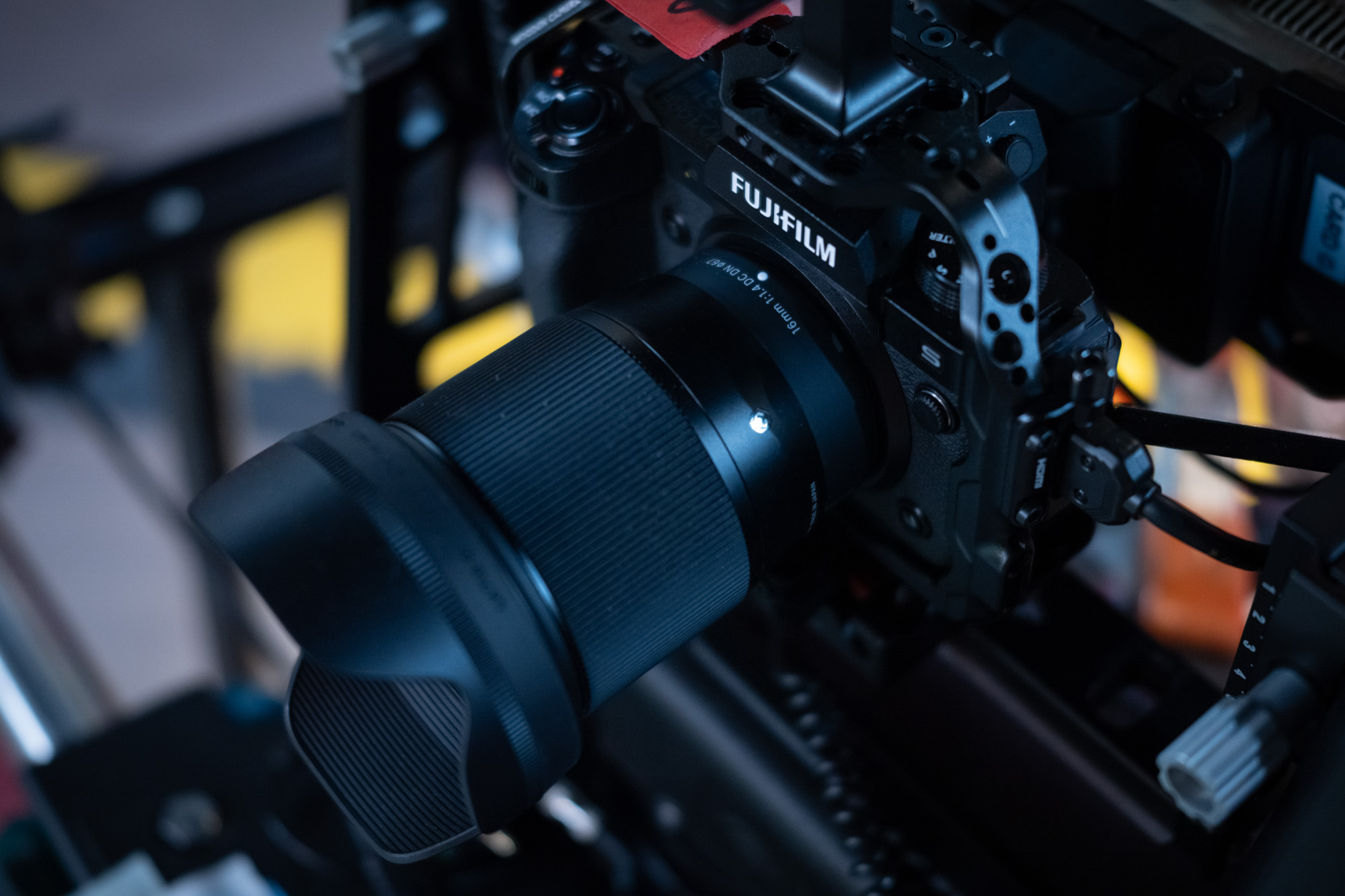
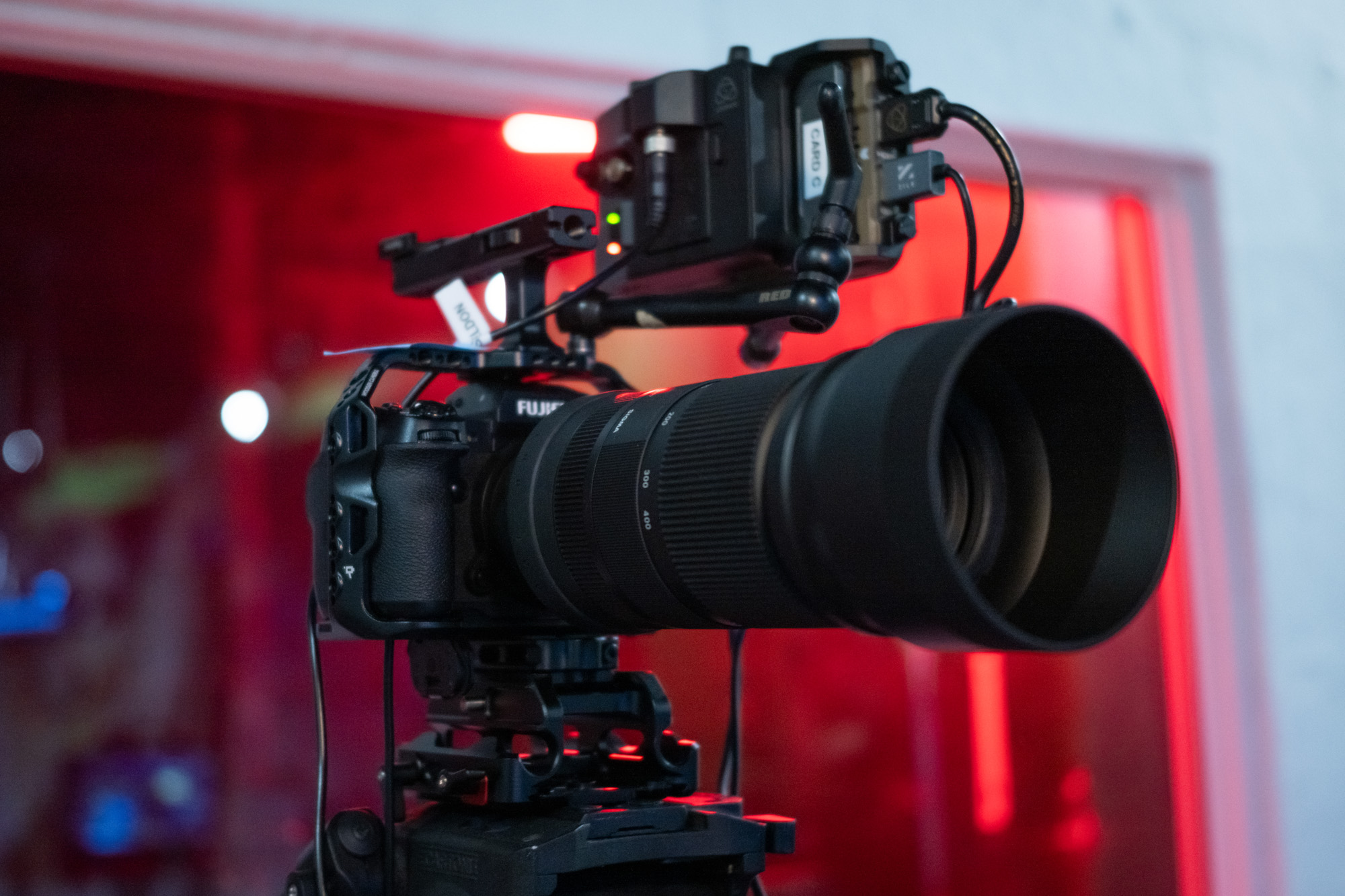

The first season – a two-month, 20-episode digital series – meant that cost was definitely a factor in this project. To ensure the budget showed on the screen and went into the pockets of the hard-working crew, we needed the perfect balance between performance and affordability for this long-term shoot.
We relied primarily on the 30mm F1.4 DC DN | Contemporary for side 2-shots and the 56mm F1.4 DC DN | Contemporary for singles, with the 100-400mm F5-6.3 DG DN OS | Contemporary serving as the main shot of our Dungeon Master, Amy Vorpahl, who sits at the head of the table and serves as host for the adventure. Because of limited space in our soundstage, we could only place a certain number of camera positions. Therefore, in post, we had to punch in from a 2-shot to a single shot. I relied on the sharpness of the SIGMA X Mount primes and the 4K resolution out of the Fujifilm cameras so that the shot post-punch-in didn’t become muddy. Our final delivery export was in 1080p HD.

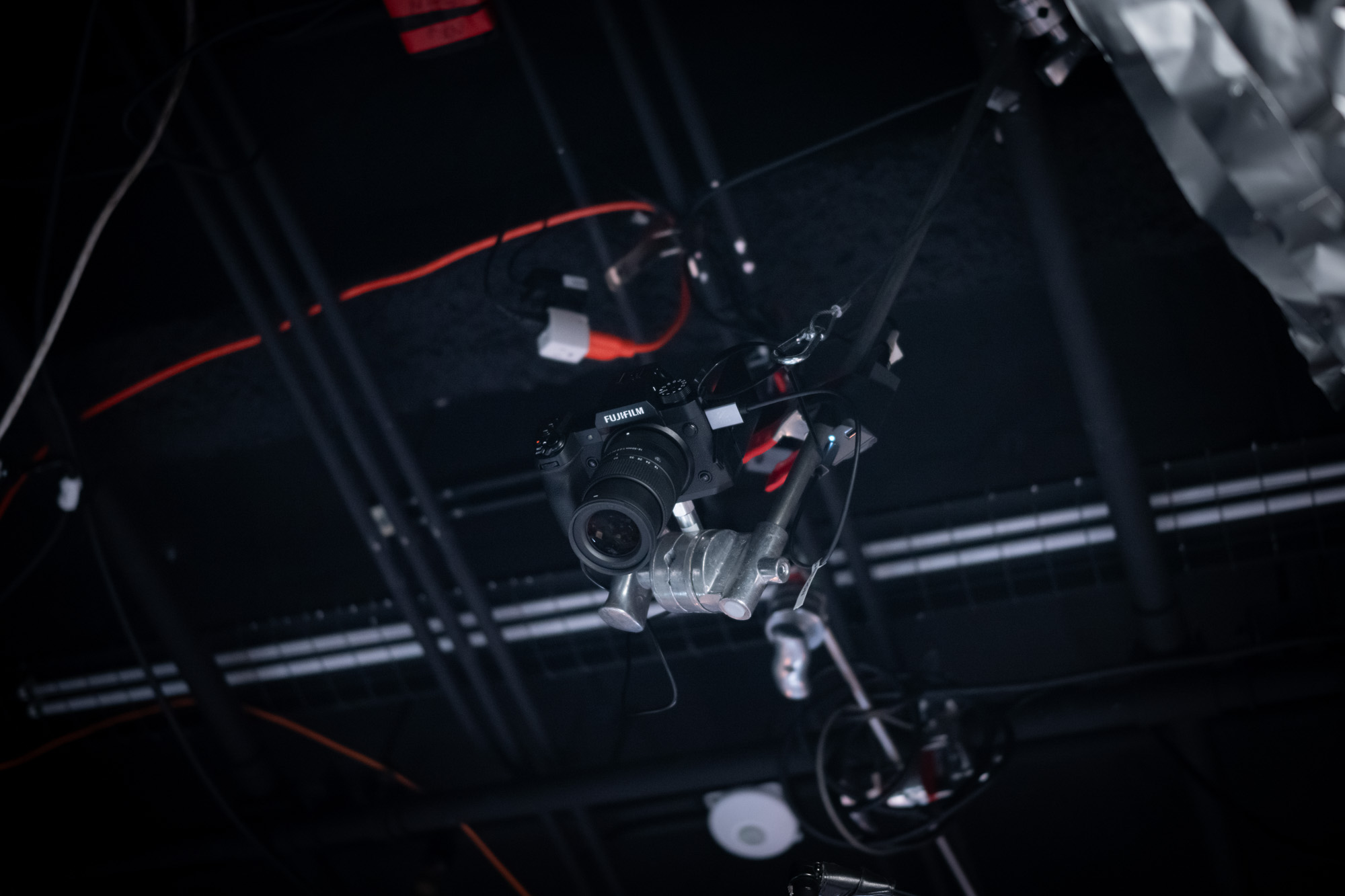
I also made good use of a SIGMA 18-50mm F2.8 DC DN | Contemporary zoom lens mounted above the set. This camera filmed the table that illustrated 3D environments created by the VFX team to give the cast a sense of the locations they are walking into.
Due to space and episode length considerations, I also used a Kessler Cineshooter+ paired with a Dana Dolly to create a programmable roving wide shot that would gently parallax on queue and could even be controlled by Xbox or PS5 controller in a pinch (something that appealed to me as a video game nerd). If you have ever operated a camera on a slider over a 90-minute interview, you will understand why I tried to automate this process. Importantly, this didn’t mean hiring one less camera operator – it just meant exhausting one less operator. The automation also meant we could add VFX from episode to episode after filming a simple plate without actors present.
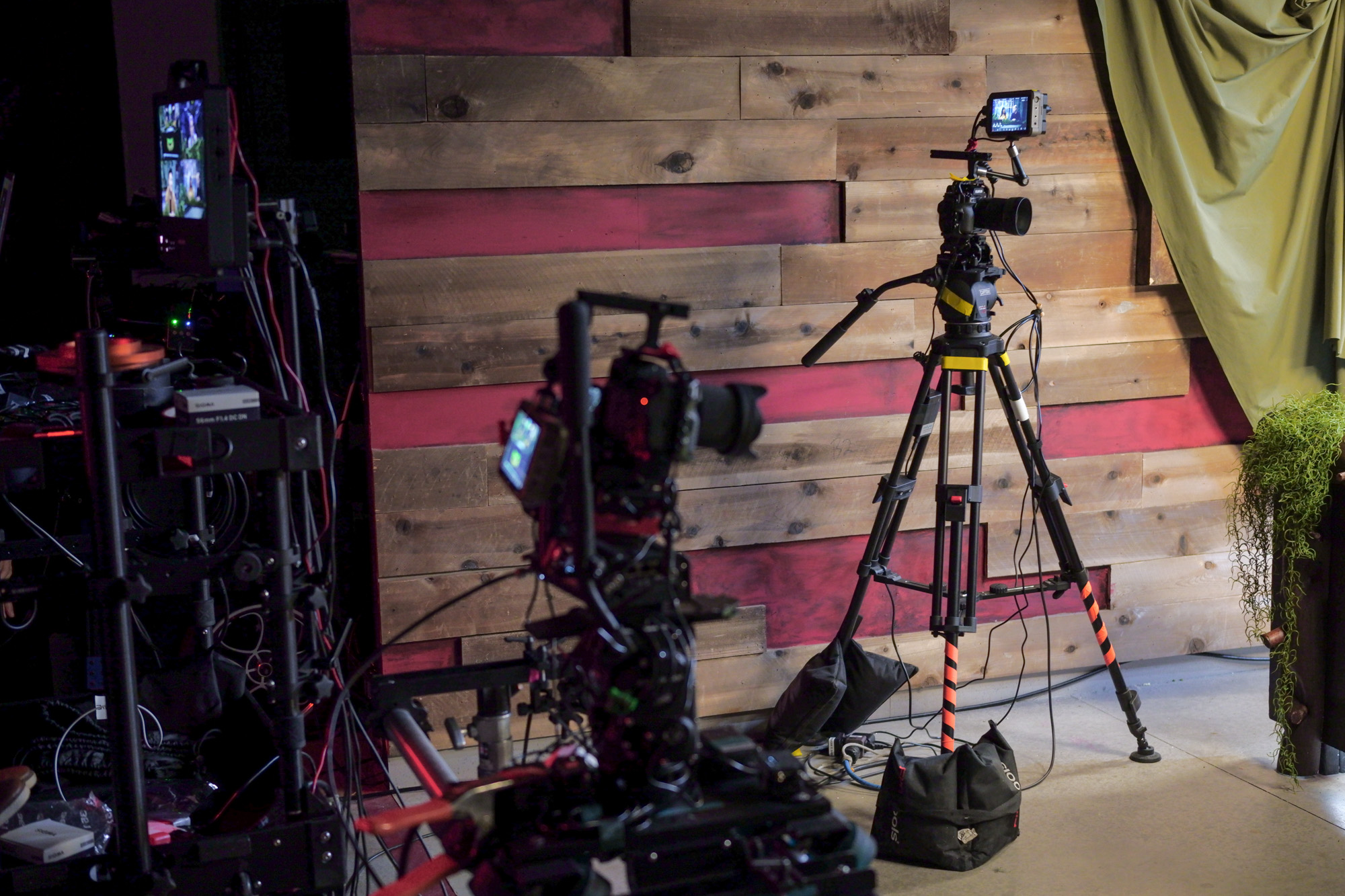
I often film with fully manual SIGMA Cine Primes and Zooms. Still, the smaller form factor of the X Mount lenses and autofocus capability meant we could set camera positions and walk back to our monitors with confidence that everyone would remain in focus. I’m still blown away by how small the SIGMA X Mount and XH2-S pairing is – and I do love an impressive-looking built-up camera rig. I also appreciate being able to walk around without running into cameras!
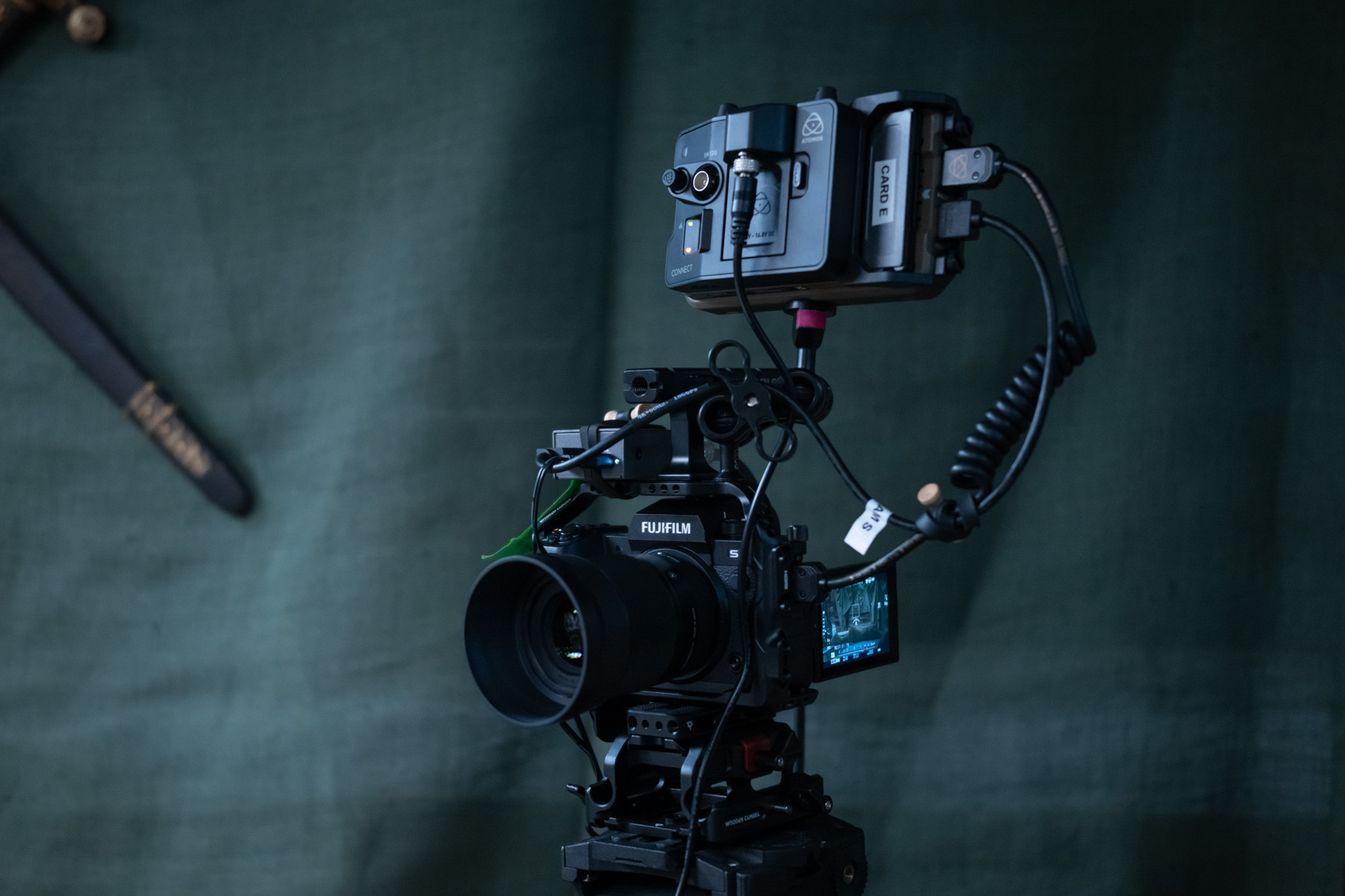
Technical notes for the video geeks
The long episode times and the goal of maintaining momentum for the cast (the fewer cuts, the better) led us to the Atomos NINJA Ultra platform. For added redundancy and in case of power failures to a camera, we recorded on both CFExpress Type B and the Atomos SSD. Of course, shooting the ProRes HQ codec also meant that our clips would be safe even if something failed mid-recording (this never happened, but there is nothing wrong with being prepared!).
We also went with Atomos CONNECT modules for each of our Ultra monitors to allow us to use the built-in timecode functionality. From using them for Camera-to-Cloud shoots with my trusty SIGMA fp camera, I was very familiar with the CONNECT modules.
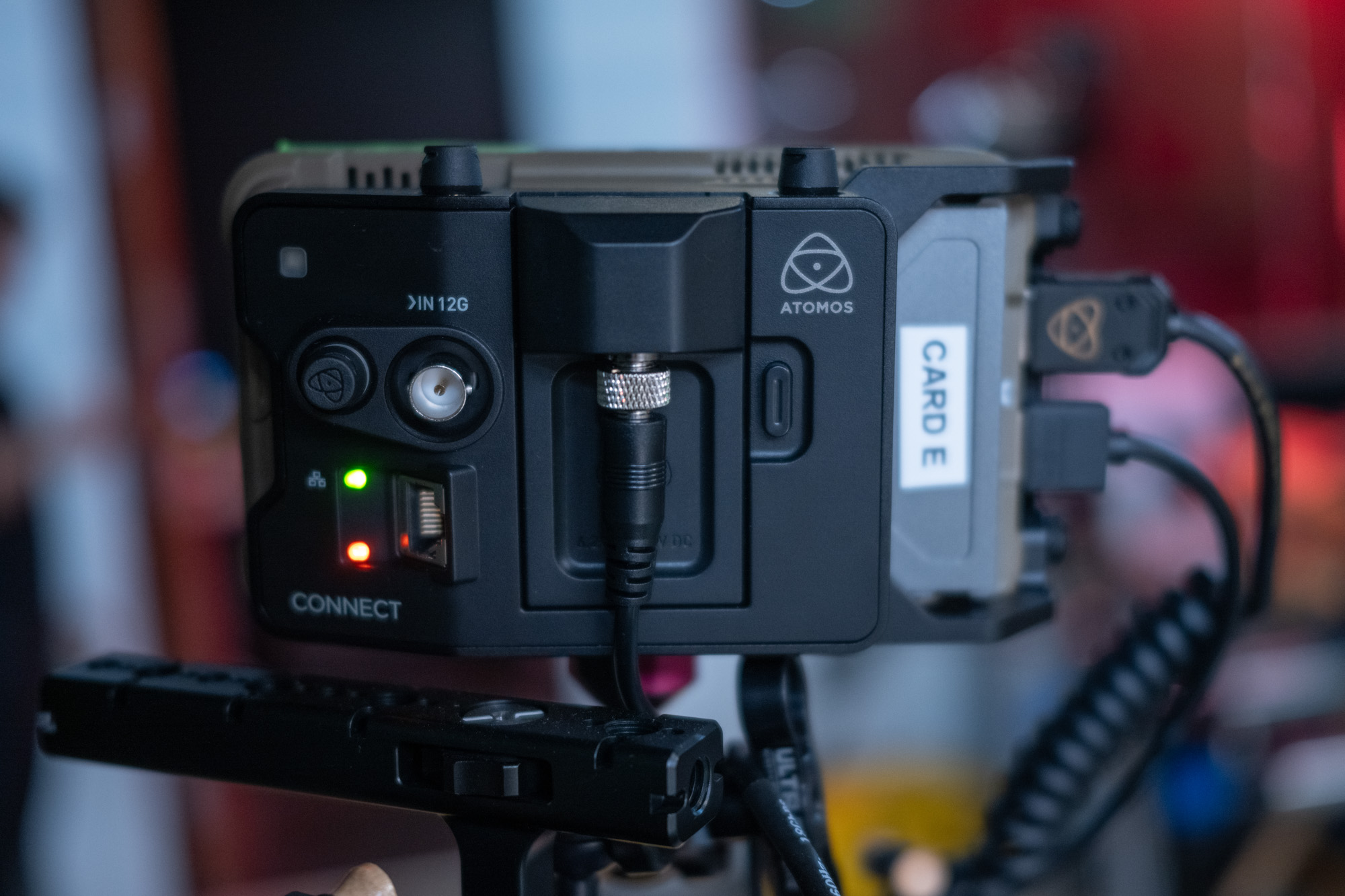
I decided to shoot F-Log (here is a great explanation of F-log versus F-Log2). This was because I didn’t need the extra dynamic range afforded with F-Log2, as I could control the lighting ratios on the stage with the press of a button in Luminair Pro. By that same token, I went with ProRes HQ as the recording codec because RAW was a bit overkill for our needs and would amount to terabytes upon terabytes, given our lengthy recording times.
It certainly occurred to me while filming this multi-cam stage series what a phenomenal run & gun doc rig the SIGMA X Mounts with the Fujifilm XH2 camera would make. Add a rotating ND filter and you would be off to the races in that genre.
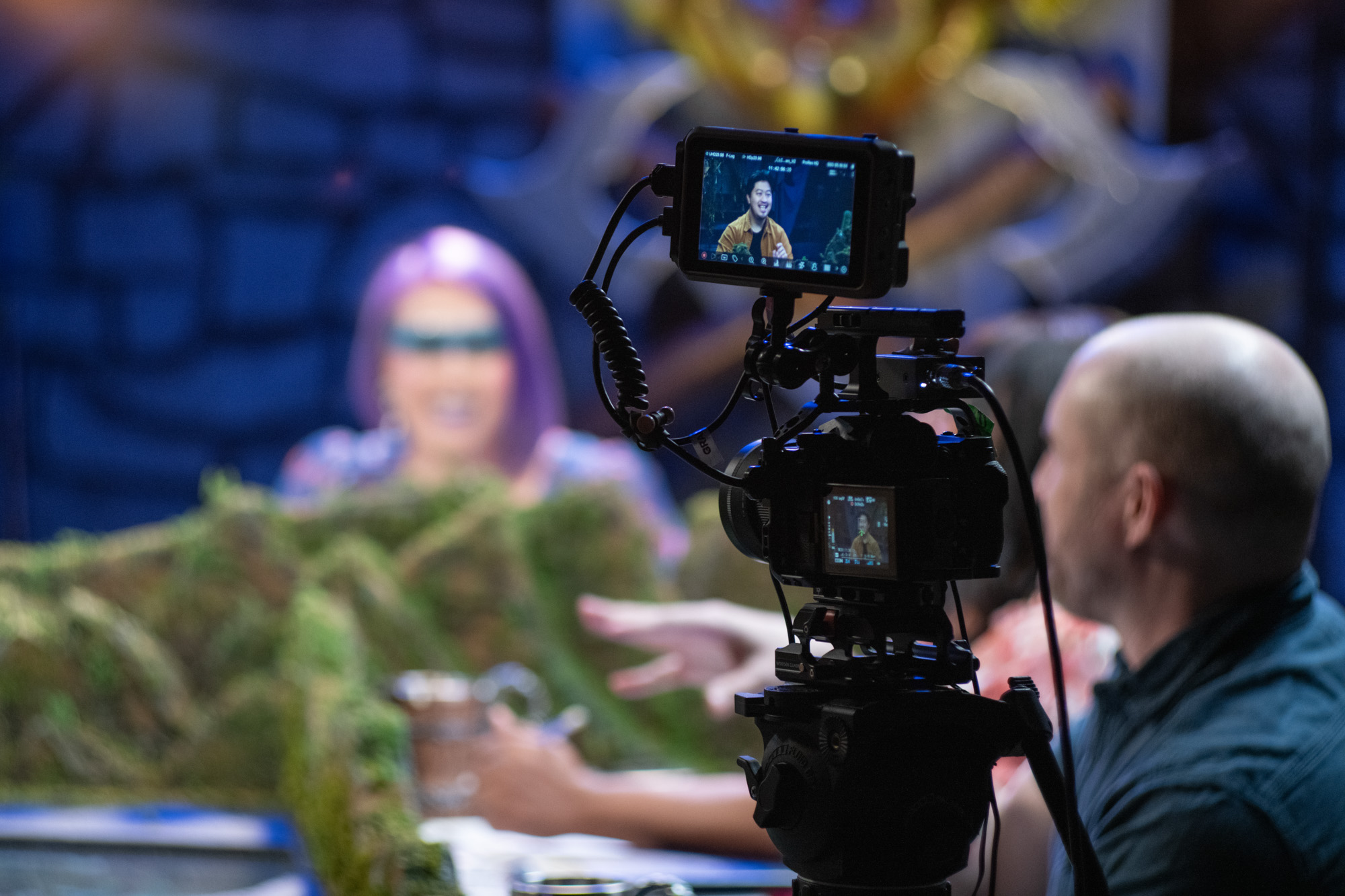
Season one is a wrap!
Available for a variety of mounts – Fujifilm X Mount, Sony E-mount, L-Mount, Micro 4/3, and now Nikon Z and Canon RF – these tiny but formidable, mirrorless APS-C format lenses give filmmakers so many options (NOTE: The 100-400mm lens is a full-frame lens that was made for X Mount as well).
This kind of optical performance in such a compact and affordable package is a boon for professionals and entry-level filmmakers alike. I’ll absolutely be keeping these lenses in my kit alongside the flagship Cine primes, which are my go-to for PL and EF mount cameras where full-frame coverage is still needed.
Sagas of Sundry: Goblin Mode is now available on Geek & Sundry’s YouTube channel, and it is also available as a podcast wherever you listen to podcasts! It is filmed entirely with SIGMA X Mount optics.
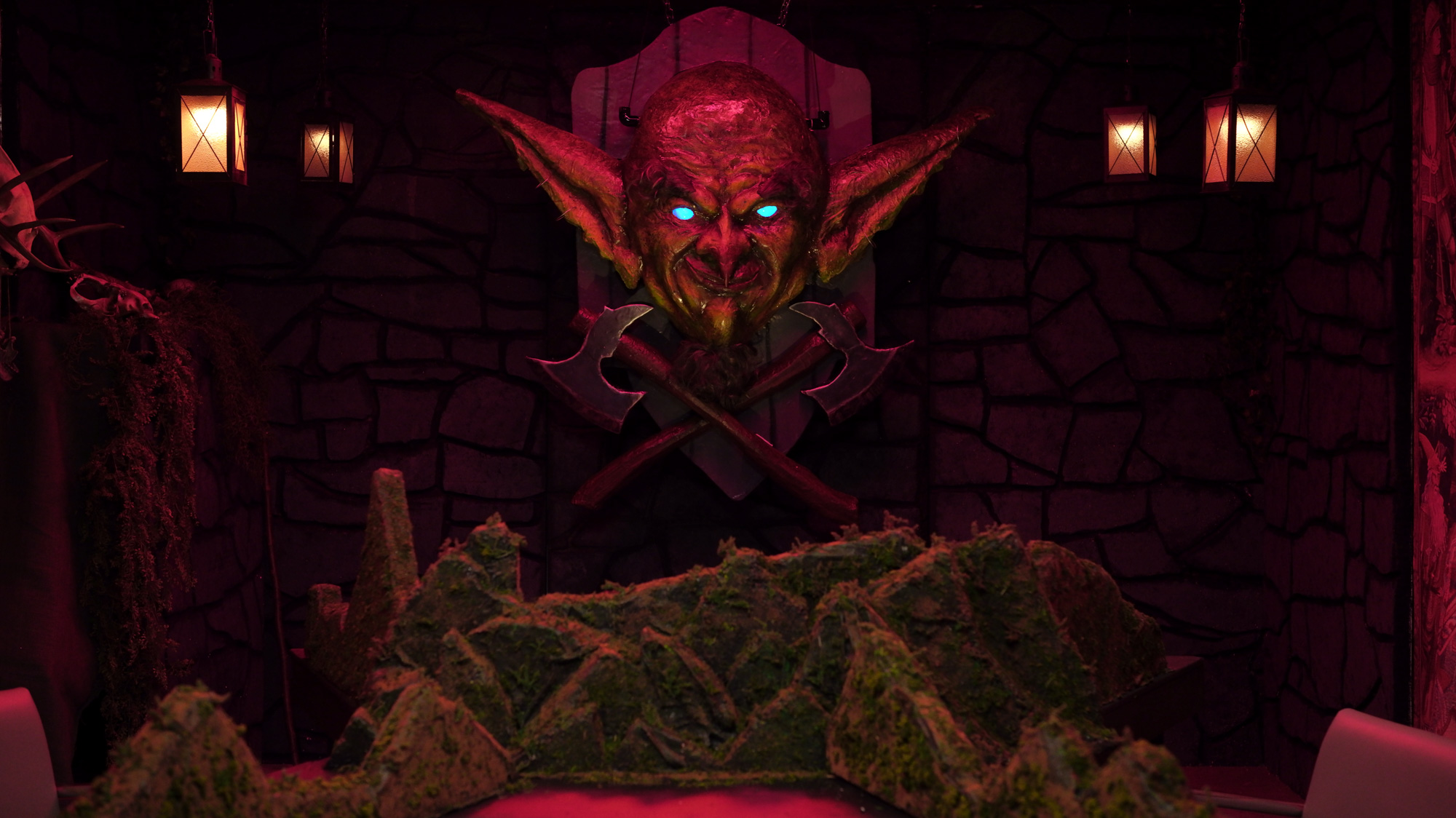
Get the lenses used to film Sagas of Sundry: Goblin Mode
available for Sony, Fujifilm, L-Mount, Micro 4/3, Nikon Z, Canon RF
available for Sony, L-Mount, Fujifilm

